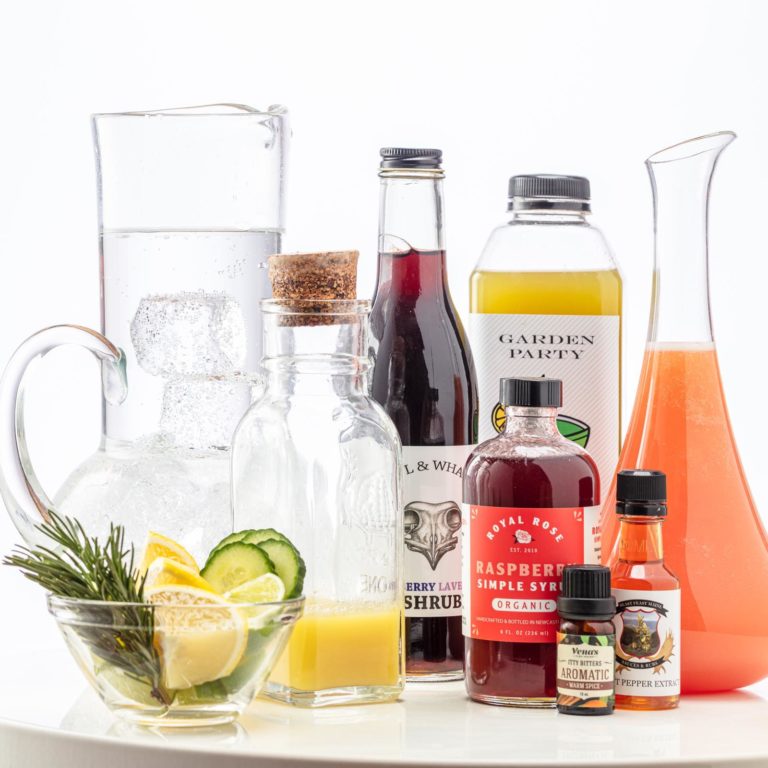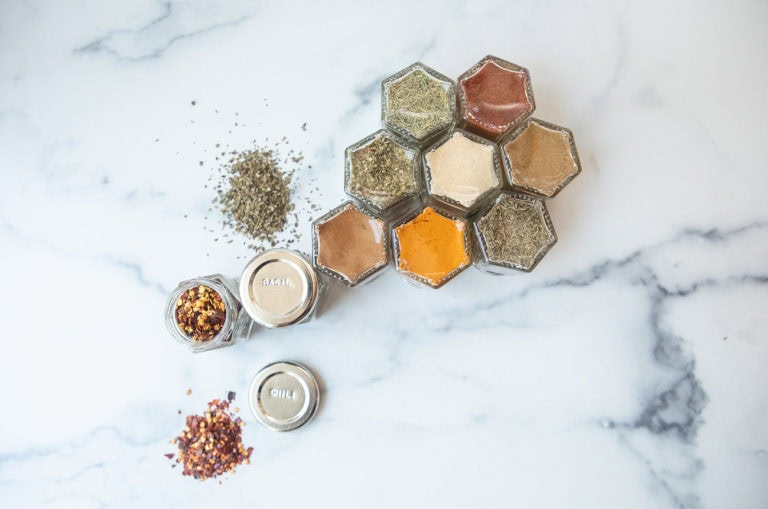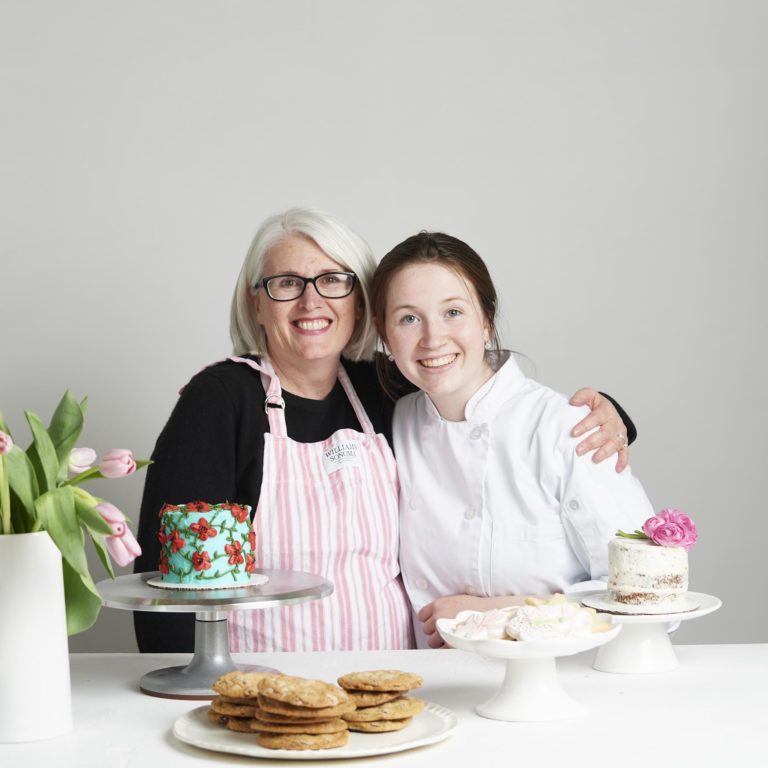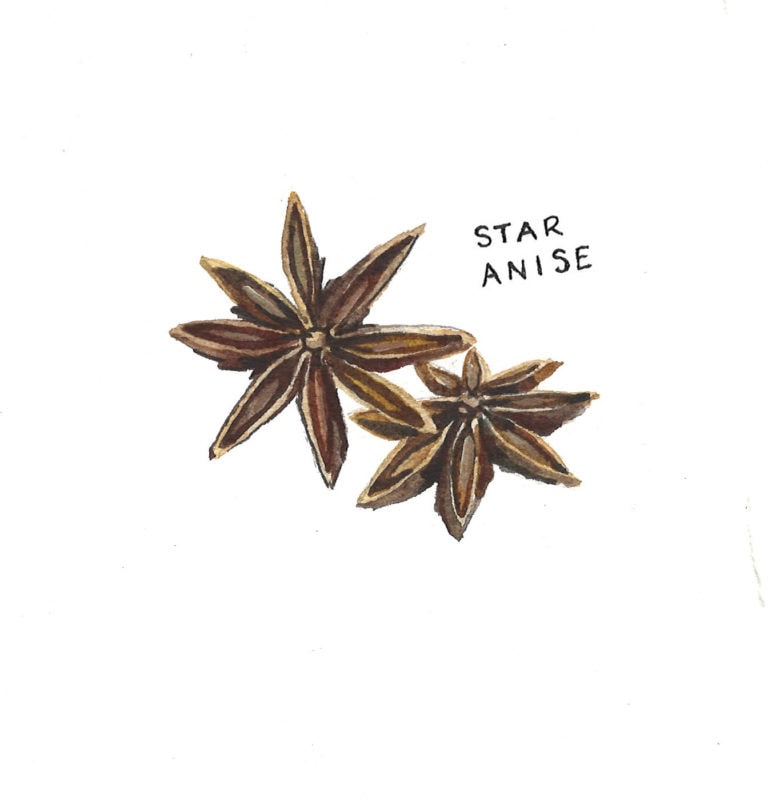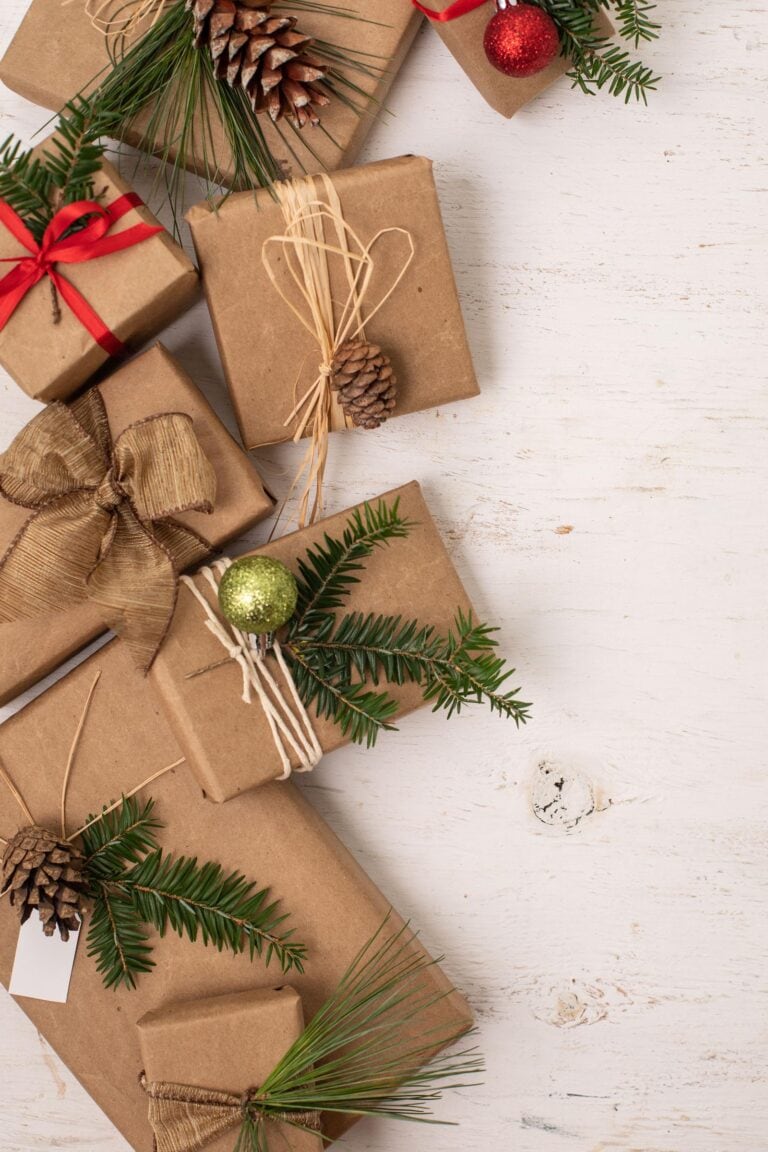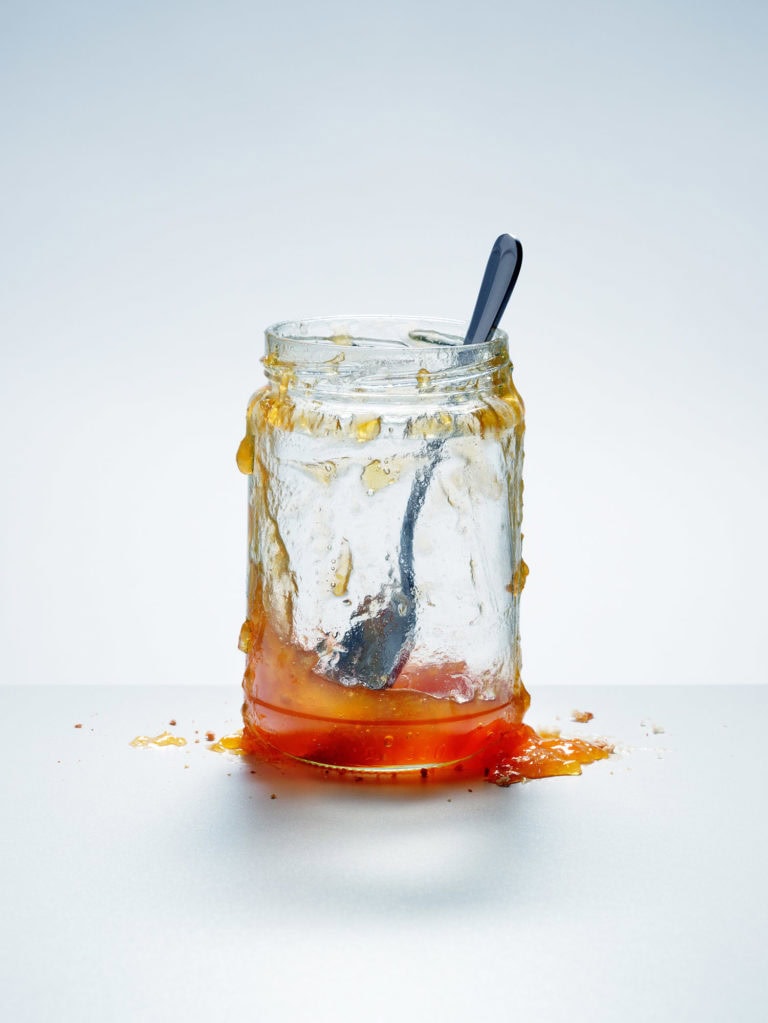You would not know, looking over Kerrie Keller’s saffron plot in early summer, that the tidy rows of what look like bygone crocuses will soon blossom into delicate but vibrant purple flowers—flowers that contain the thin scarlet threads sometimes nicknamed “red gold.” Keller is a saffron grower, one of only a few in the state, cultivating the crocus species on her small Maine farm. When her saffron plants burst into life in the fall, Keller carefully harvests and dries them, separating out the precious culinary herb from the petals and yellow stamen. The value is in the flower’s scarlet stigmas, and each blossom has only three of those.
“They are dormant in the summer,” Keller explains, looking over the limp leaves of her saffron garden in June. Her garden is made up of tidily cultivated raised beds, with fencing to protect from deer who enjoy a saffron bulb as a snack. “That’s a common misconception since saffron is a type of crocus. But it’s a specific crocus, and it is a fall bloomer. The spring line is not edible.”
Suppose you are trying to imagine a saffron farm. In that case, you may struggle to incorporate Maine into your imagination, as saffron is a traditional crop in Mediterranean and Middle Eastern countries like Spain, Turkey, Pakistan, and Iran. But New England’s variable temperatures are home to some thriving saffron plants.

“That temperature fluctuation from warm to cold initiates the flowering,” says Keller. She first learned about saffron as a potential Maine crop by attending a conference held by the North American Center for Saffron Research & Development at the University of Vermont. She started her company, Backyard Saffron, in 2021 by ordering saffron “corms” or bulbs for her garden. Now, she has around 2,000 saffron plants. But after planting those first corms, she was unsure what to expect.
“Then we were just kind of watching, and waiting, and documenting it,” Keller remembers. When fall came, she had a bumper crop of saffron flowers. “I felt like I was getting so many flowers, and I couldn’t help but think, ‘This is great.’ I’m hooked.”
Keller’s garden continued to expand as she perfected harvesting and drying the dainty threads to make culinary saffron. To help her harvest go further, Keller also uses the petals and stamens for value-added projects that she has been experimenting with. At the moment, Backyard Saffron offers saffron-infused soaps, face masks, and oils in addition to the culinary herb.
“Saffron tastes a little bit like marzipan,” describes Shahin Khojastehzad, the founder of Handshake Digestif Bitters. “It’s kind of like your grandmother’s house, but not in a bad way.”
Khojastehzad was born in Tehran but grew up in Portland after his family fled the Islamic Revolution. He remembers his mother traveling to Boston for saffron every year. Growing up with the herb in his mother’s kitchen, Khojastehzad recognizes the delicate balance it calls for. In the hands of a careful chef, saffron can add flavor to everything from main courses and appetizers to ice creams and cocktails.
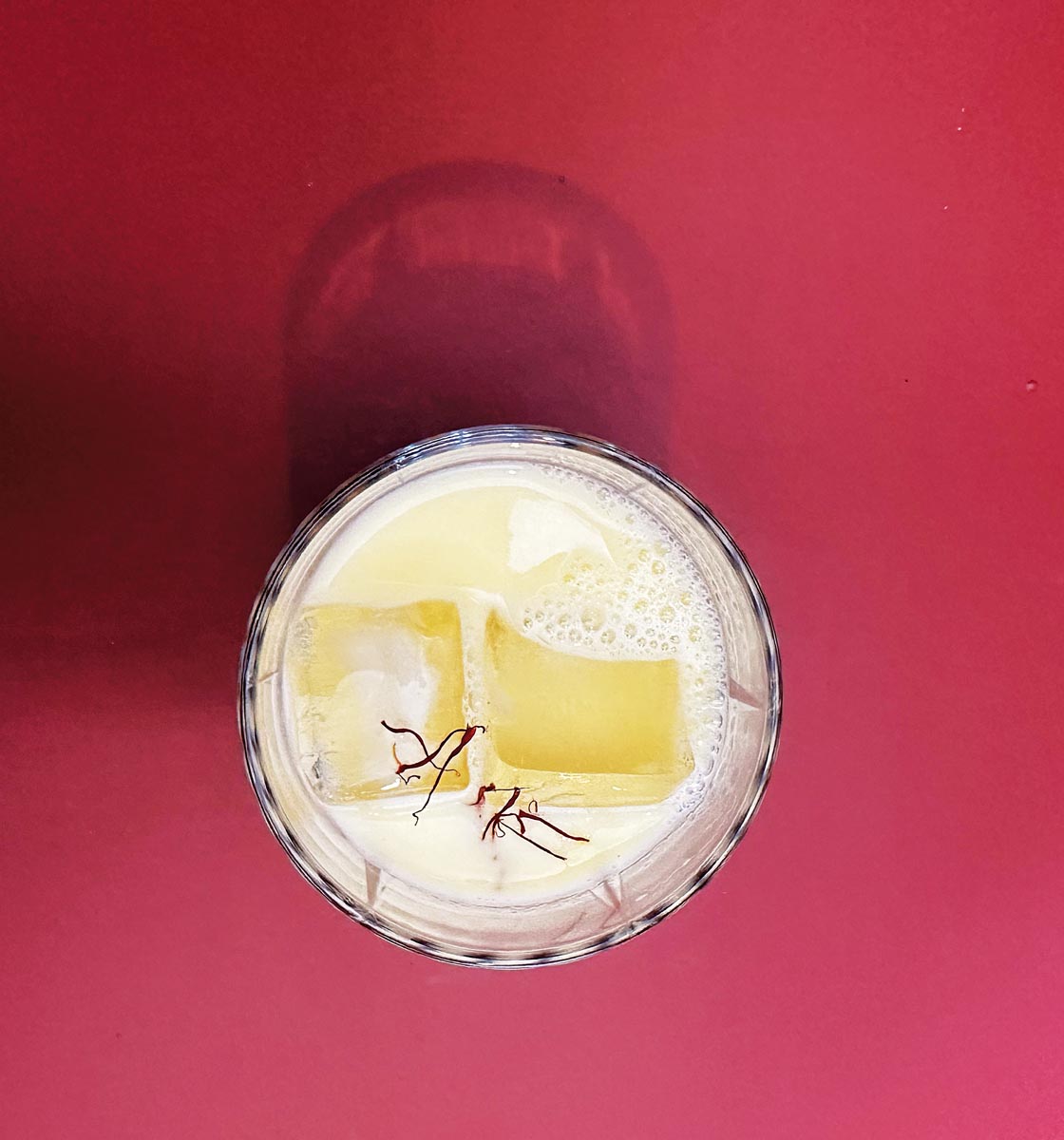
Khojastehzad started Handshake in 2023, after nearly a decade of owning and operating the renowned Portland bier cafe Novare Res. The blend of his herbal elixir combines lemongrass, hibiscus, cinnamon, and saffron. Each herb is carefully sourced from around the world, including a thread of Backyard Saffron’s Maine-grown herb blended with saffron from Afghanistan and Iran. There are many ways to enjoy this delicious mixture, including after dinner to aid digestion, as bitters in cocktail recipes, or even in the kitchen to add flavor to a meal.
Anika Wilson, florist at Bad Rabbit Flowers and a mixologist in Westbrook, uses saffron threads from Backyard Saffron and digestif bitters from Handshake to concoct a sweet but musky sour with a delicate floral nose.
“Saffron adds a great, subtle, earthy tone to cocktails,” Wilson says. “There’s just a hint of bitterness, which is great in a refreshing drink like a sour. Plus, it adds the most brilliantly appealing color!”
Wilson’s sour recipe has a few saffron-infused ingredients. In addition to Handshake’s bitters, she adds saffron-infused vodka and saffron syrup. The syrup is made by combining 1/4 cup of sugar with a pinch of saffron threads, incorporating them with a mortar and pestle, then adding the combination to 1/4 cup of warm water.







